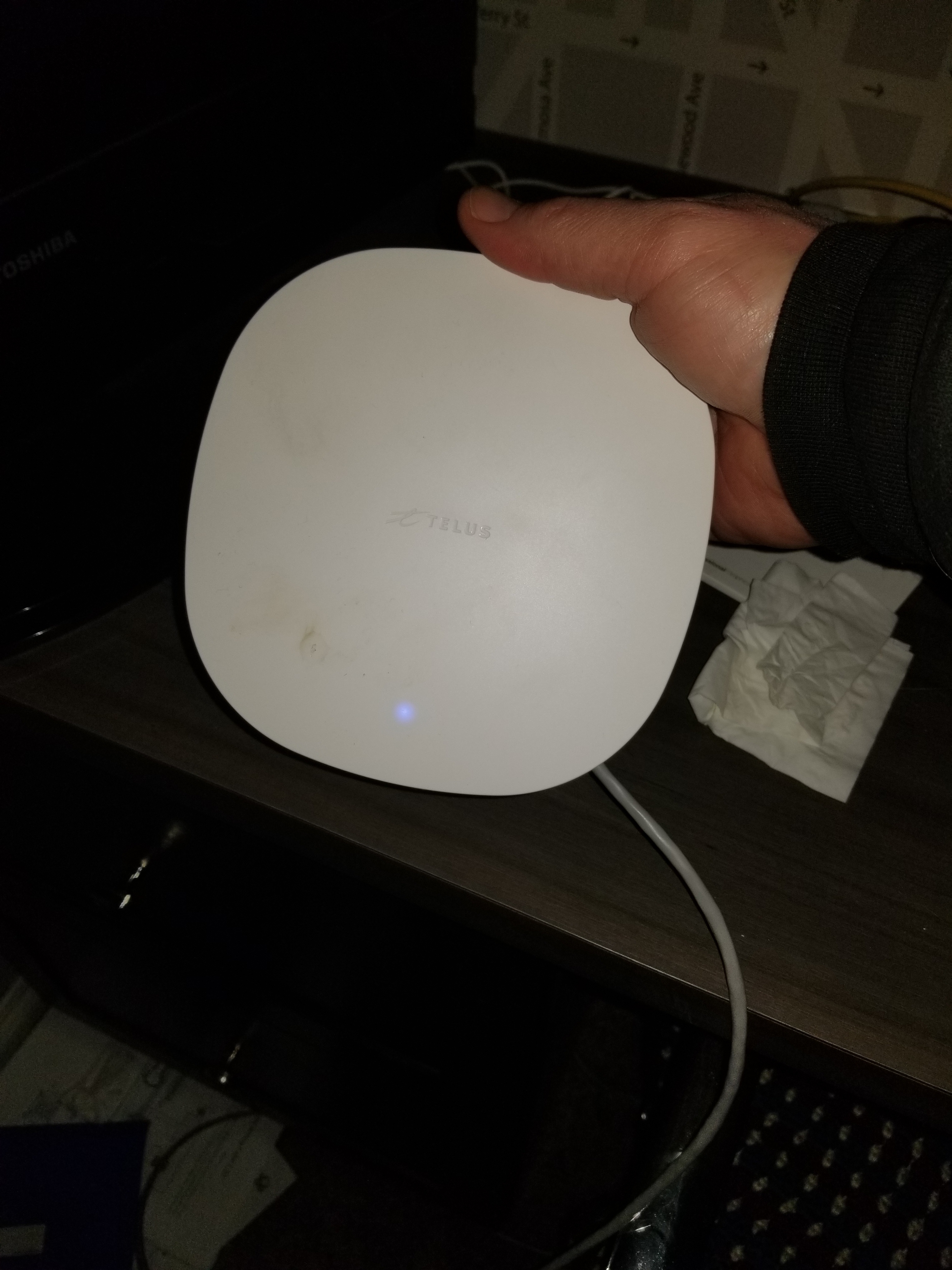I have had all 3 of my products linked to my original app for years. My wife left I changed system ownership, put wifi boosters in my house and when I did, randomly, my 3 kept working but my 1 and 5 aren't visible to the app. It doesn't allow wireless setup and I have factory reset both speakers and they still aren't visible. $1100 in stereo equipment that I am learning was designed proprietary to suck a degree it is literally the opposite of user friendly. Suggestions?? I'm thinking firepit at this point...
Cost a fortune and for what?
Best answer by Airgetlam
SonosNet is essentially a separate mesh wifi network, for all practical purposes. That means it is equally affected by wifi interference as your normal wifi network. So all of the things around that, including distance from electronic devices, overlapping channels, etc, are still in affect. It is, unfortunately, not a silver bullet of any kind, but is the way the system was originally designed to work, if I recall correctly. This is the reason why the BRIDGE was originally given away for free, and then sold later (again, I think, I’m a bit hazy on this) at a reduced cost. They were designed to create a link (or BRIDGE, if I’m forced in to the silliness that is Sonos product naming) from your LAN to the Sonos devices that would connect to SonosNet. Later on, Sonos made it possible to connect directly to your wifi, which would reduce the number of wireless signals in your house, but move that data stream from a separate SonosNet signal on to your wifi signal.
The BRIDGE has subsequently been supplanted by the BOOST, which is a more robust device for many reasons. I happen to use two of them today, one to create the SonosNet signal, as it is connected to my router, the second as a midway repeater device, getting a better signal from the closest speaker to the farthest speakers in my home.
Since SonosNet is indeed a mesh system, placing either a speaker, or as I have done, another BOOST in between where you have solid signal, and degraded signal would help. Many people use a speaker to do that duty, as it does exactly the same thing, joining the mesh, reinforcing it, and broadcasting to other speakers on the mesh.
This is where lots of folks seem to fail in their understanding of how Sonos works. Unlike the grand majority (IMHO) of network devices that are point to outside source, Sonos spends a “lot” (we can debate how much, and I’m not an expert, but there’s some) time talking between each device, not only on SonosNet, but in a standard Wifi configuration as well. I’d assume some/all of that is timing confirmation, keeping all speakers in sync, but I’m sure an engineer or network expert can chime in with greater knowledge.
It’s an unfortunate side issue that so many mesh networks don’t always pass data between nodes, as I understand it. They certainly use the same SSID, but sometimes split the network into separate subnets, which then block the normal Sonos communication between speakers. This is why you’ll see folk on this board often recommend the SonosNet solution. It both gets the music stream off your wifi (which normally shouldn’t be a big consideration, but especially on heavy duty usage, or line-in usage, can be more dense and subsequently sensitive to interference) and allows all the speakers to be on the same subnet, and talk to each other. Which in some cases, does seem like a silver bullet :)
That FAQ I linked above does have a lot of potential issues and solutions to look at in a local environment. One of the key things I don’t think is always stressed as much as it could be is the potential for outside sources. People tend to think of their local network as a sacrosanct thing, when in fact there are many outside influences. Perhaps due to the fact that I’ve needed to deal with a couple of them before makes me more aware? I’ve had both a failing microwave affect signal to a pair of PLAY:1s, as well as having a new neighbor come in and over saturate (from my perspective) a band I was using for SonosNet, so simply changing to one of the other bands, making sure it wasn’t overlapping with my normal network channel, was key, and continues to work.
I’m not a network expert by any means. You’ll frequently see me not respond to areas in which I don’t feel that my limited knowledge is as useful as some other members of this community. That’s a choice I’ve made.
Sonos does have, as I recall, somewhere, a recommendation that if you have a large number of speakers, they recommend a wired solution, so that the speakers are on SonosNet. I don’t recall where that recommendation is, or if there was a specific number (greater than 5? 10?), but since I started off using a BRIDGE back in the day, I’ve always run on SonosNet. Just like any extra network in my home, it requires some initial testing when set up, and I may need to look at it if there’s any issues, but I’ve been a Sonos user for years and years, with essentially no issues on SonosNet.
And no, I don’t use any special tools to look at how strong my network is. I use my ears to figure out if the SonosNet system is being impacted.
Enter your E-mail address. We'll send you an e-mail with instructions to reset your password.





